Leucophyllum frutescens is native to the Chihuahuan desert, Rio Grande, Trans-Pecos and somewhat into the Edward’s plateau. It prefers arid to semi-arid regions and is suitable for USDA zones 8-11. This plant bears many names, chief among them Texas sage tree; however, the plant is really more of a woody shrub. The shrub flowers profusely and responds well to pruning, all combined with ease of care.
Description
Leaf retention: Evergreen but cold deciduous.
Growth rate: Rapid.
Mature Size: 6-8′ high and wide.
Flowers: Purple, pink or white flowers.
Bloom: Sporadically, spring through fall.
Fruit: A small seed capsule.
Leaves: Small, soft, covered with fine, silvery hairs, gray to greenish, oval with a slightly pointed tip, smooth margins. These leaves are not palatable. This plant is not a true sage nor related to mint.
Stems: No thorns.
Wildlife: Attracts bees. Not browsed by mammals.
Toxic / Danger: No.
Origin: Native to Texas and Mexico.
USDA hardiness zones: 8-11.
Heat tolerant: Yes, even reflected heat.
Drought tolerant: Yes.
Sun: Full sun. It becomes leggy in part shade.
Water once established: Deep water once a month. The soil must dry out between waterings. It is prone to root rot in damp soil.
Soil: Well drained, dry, low organic content, pH 6.6-8.5 (neutral to alkaline). Do not fertilize once it is established to avoid legginess.
Planting: It can be grown in a large container with drainage holes.
Prune: In late winter, before flower buds appear, remove less than one-third of the top growth. Use a hand cutter, not shears, for the best results. Sheared plants have few to no flowers. Allow the plant to grow ‘spiky’ for the best flower production. This plant responds well to pruning.
This is not an appropriate plant for topiary.
Disinfect cutting tools before pruning by placing them in a solution of three parts water and one part bleach for five minutes, then rinse with clean water and dry.
Litter: Low.
Propagation: Cuttings and seed.
Uses: Ornamental, hedge.
Texas sage is a classic in the American Southwest. What is a Texas sage shrub? As a native plant, it provides cover for wild animals and birds and helps stabilize loose desert soils. This adaptable plant is drought tolerant and useful in areas with high heat and cold desert temperatures. It is also a landscape surprise that produces profuse lavender flowers. The plant additionally has deer resistance and thrives in poor soil.
Texas sage can achieve 6 feet (2 m.) in height with a similar spread. While the grayish-green, woolly leaves are not terribly spectacular, the new wood on the plant produces copious lavender purple, magenta or white flowers. These have three fuzzy petals and a fused set below with conspicuous white anthers.
Plants are easy to propagate either through seed or softwood cuttings. In most regions, the leaves are evergreen but occasionally the plant may be deciduous. Texas sage information wouldn’t be complete without a list of its other common names. One of the more interesting is barometer shrub, as it blooms after monsoon rains. It is also known as Texas Ranger, cenezio, and silverleaf. Blooming starts in spring and occurs in bursts every 4 to 6 weeks up until fall in most regions.
How to Grow Texas Sage
Growing Texas sage is quite easy in well-drained soil. It is not a nutrient hog and can survive in soils where other plants will fail, although it prefers alkaline soil. In the wild, it grows on rocky slopes and calcareous soils. The plant is known to be drought and heat tolerant and performs best in full sun. Shearing these plants is common, although the best natural appearance and production of flowers will occur if you prune in early spring. Initially, when growing Texas sage, young plants should be given supplemental irrigation. Most pests steer clear of this native plant and it has few disease issues. One thing that will cause it trauma is boggy soil that doesn’t drain. Texas sage care is minimal and it is an excellent plant for a novice.
Texas Sage Care
Because the plant lives in the wild in inhospitable soil and punishing heat and cold, the plant does not need fertilizing. If you wish, you can add an organic mulch around the root zone that will gradually release small amounts of nutrients. Avoid high nitrogen sources such as grass clippings. Keep pruning to a minimum once annually, but a good rejuvenation prune every 5 years will enhance the plant’s appearance. Texas root rot is a common issue but only occurs in high nitrogen soils that do not percolate. In areas where rains are prolific, plant the shrub in a raised bed to avoid any root rot issues. Some suggestions for growing Texas sage are in massed plantings, as a border, in a container, or as part of a naturalized landscape with other native plants.

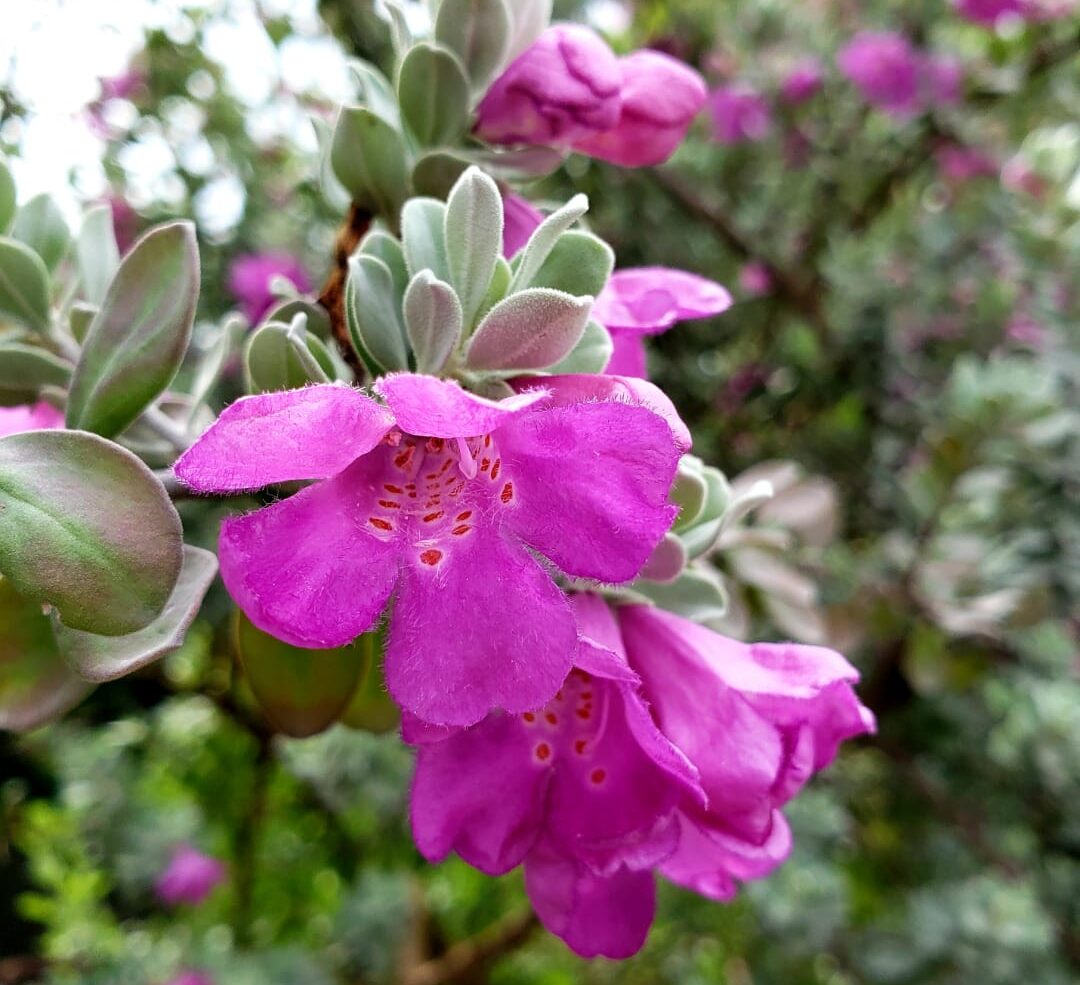
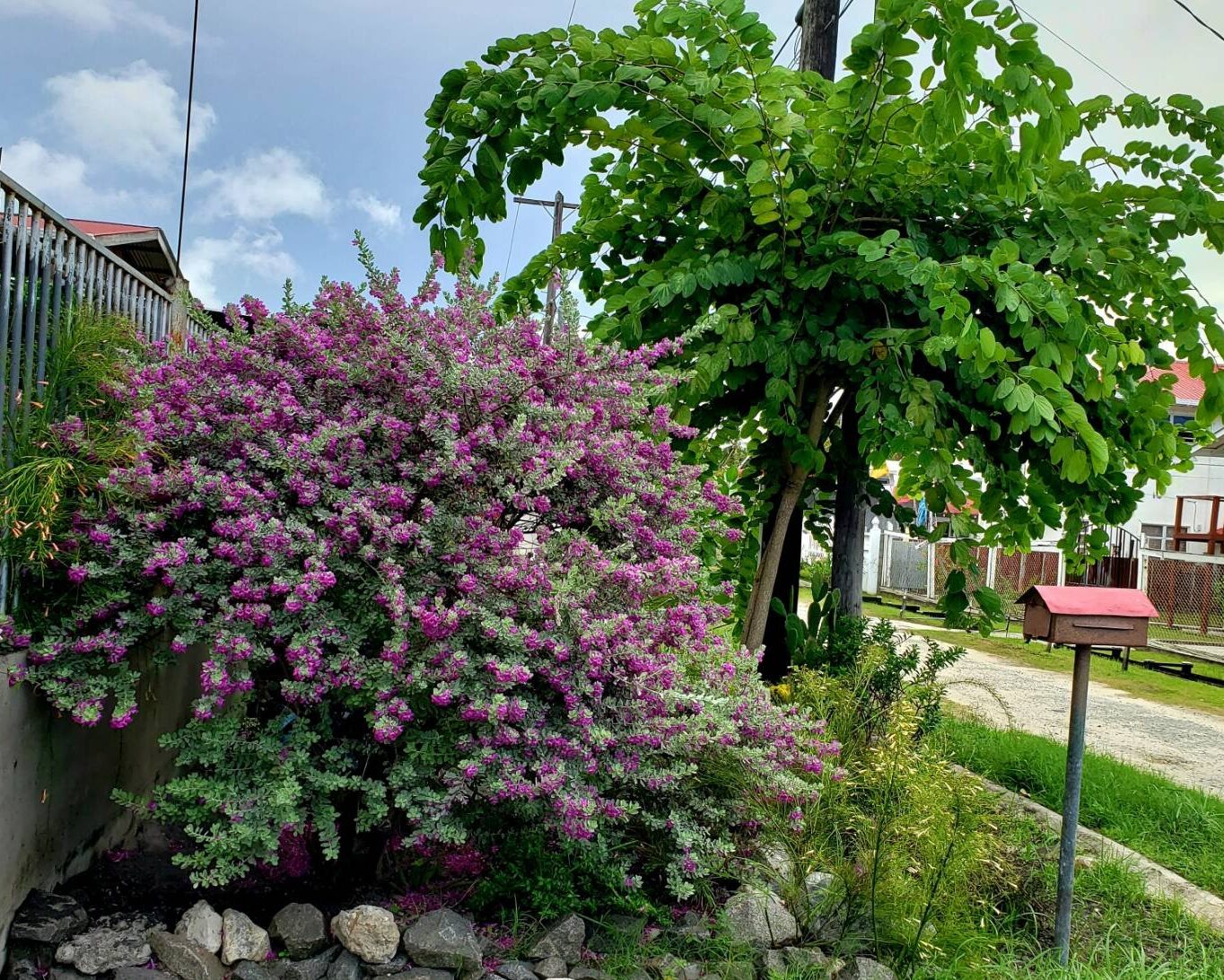
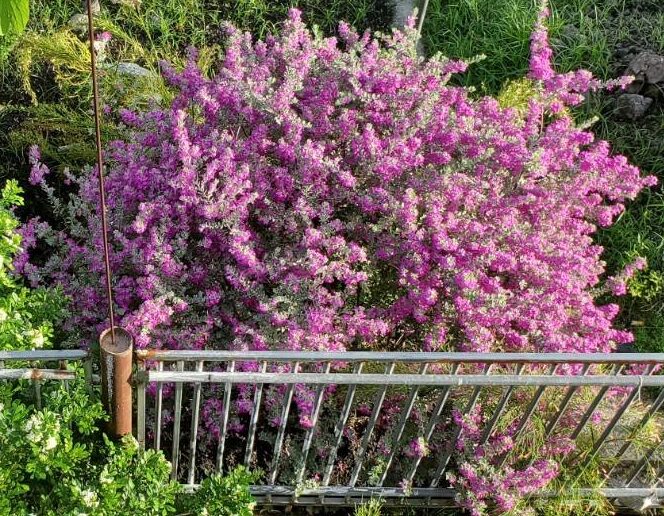
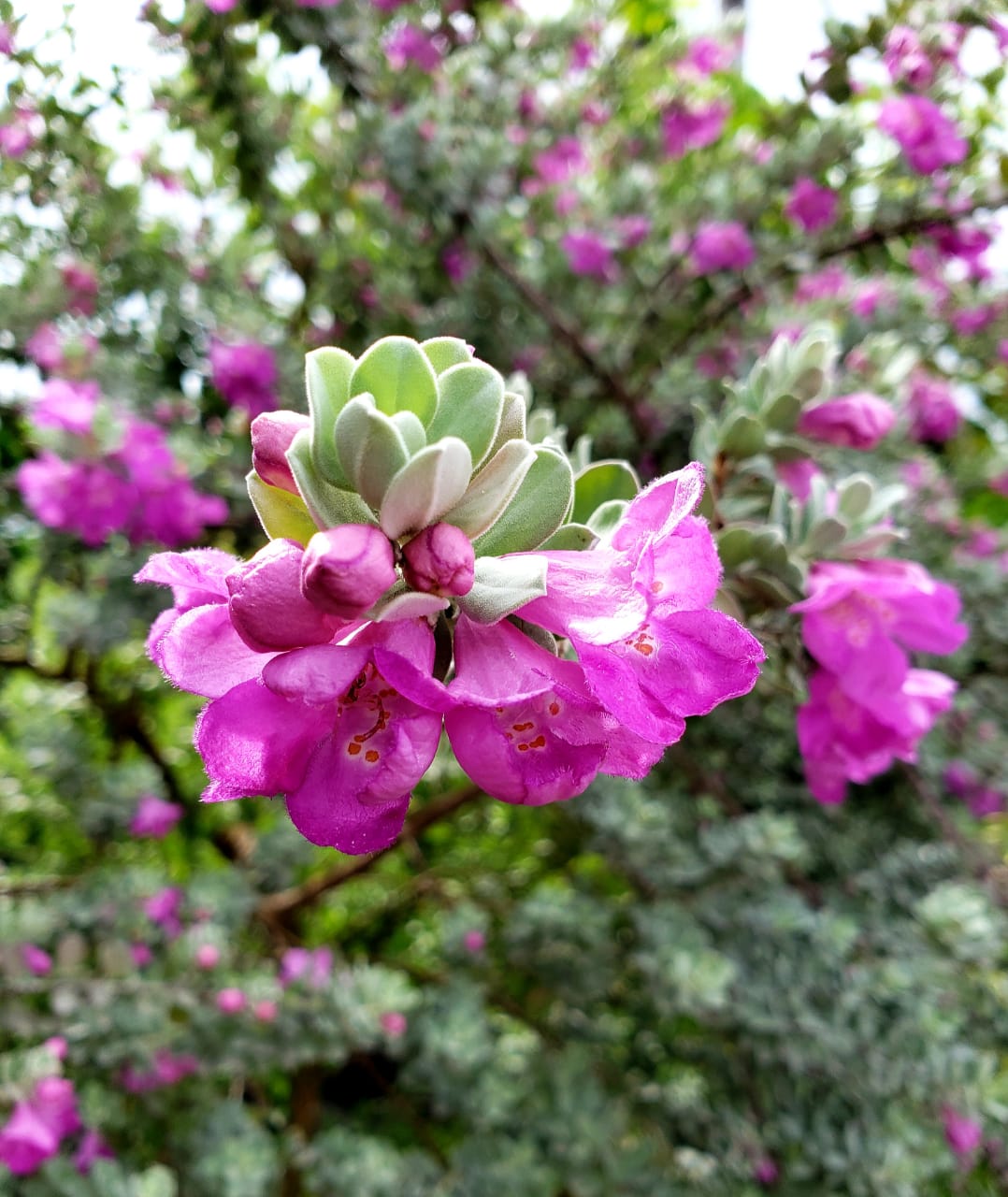
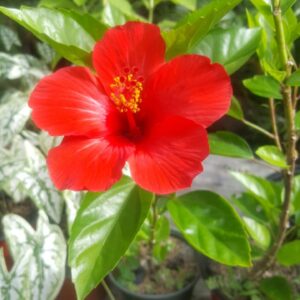
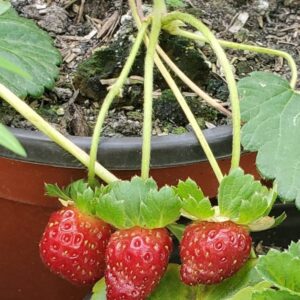
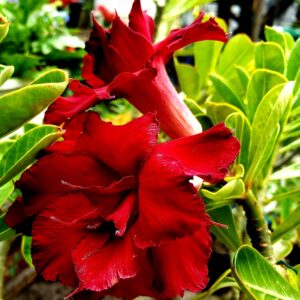
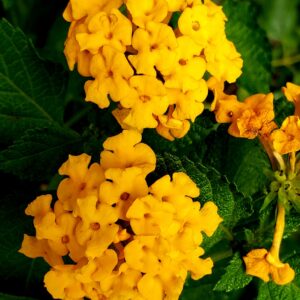
Reviews
There are no reviews yet.